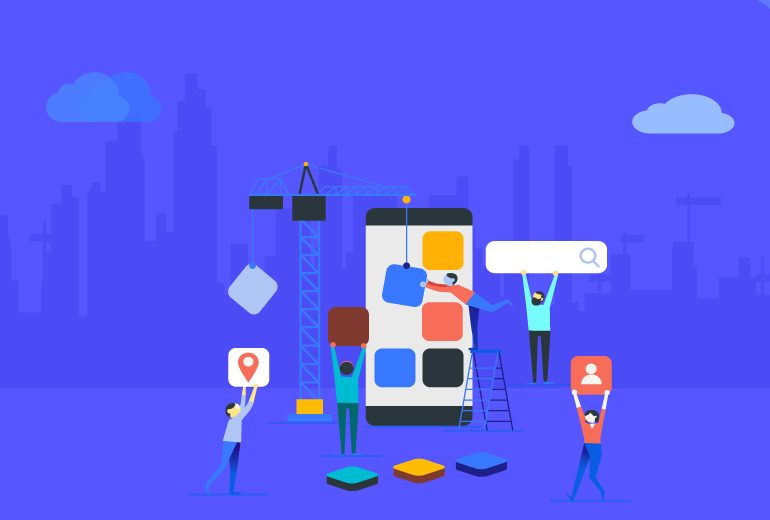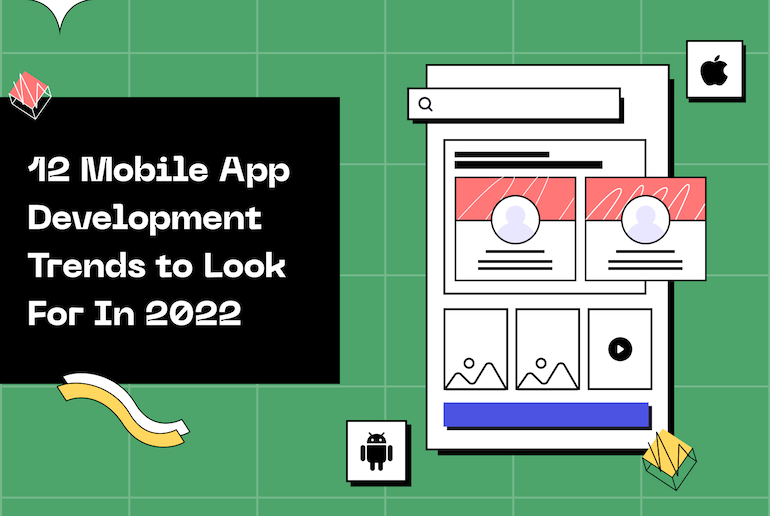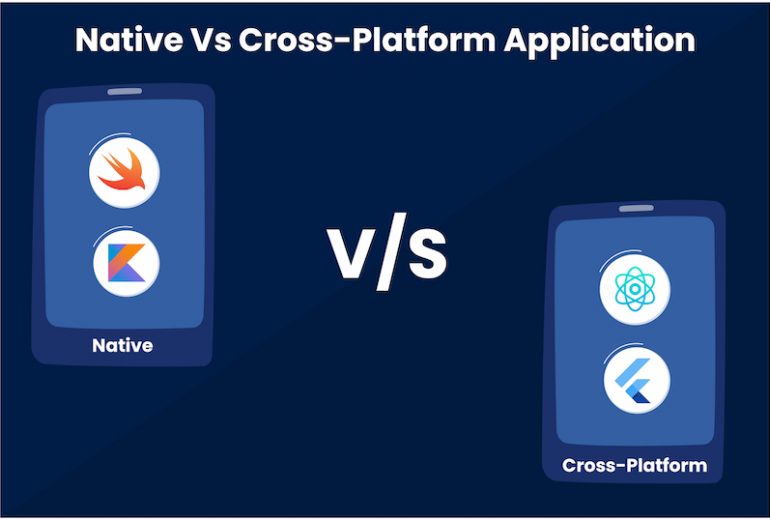What is PWA?
A Progressive Web App (PWA) is a web app that uses present-day web capacities to convey an app-like affair to clients. These apps meet certain necessities, are conveyed to servers, open through URLs, and recorded via web crawlers.
With iOS 11.3, Apple has quietly included help for the essential arrangement of new innovations behind the possibility of “Progressive Web Apps” (PWAs). It’s an ideal opportunity to perceive how they function, what are their capacities and challenges, and what do you have to know whether you as of now have a distributed PWA.
Slack is a web app. Trello is a web app. Google Docs. Gmail. Even Twitter. Web apps are only getting better.
Pros of PWAs on iOS
- With the Web Platform on iOS, you can access to Geolocation
- You can access sensors (Magnetometer, Accelerometer, Gyroscope)
- Camera and Audio output are available.
- Speech Synthesis (with headsets connected only)
- Apple Pay is accessible
- Web assembly, WebRTC, WebGL as well as many other experimental features under a flag.
Limitations of Progressive Web Apps when compared with native iOS apps
- The app can store offline information and documents up to 50 Mb
- On the off chance that the client doesn’t utilize the app for fourteen days, iOS will free up the app’s documents.
- The logo will, in any case, be there on the home screen, and when accessed, the app will be downloaded once more
- No access to a few highlights, for example, Bluetooth, serial, Beacons, Touch ID, Face ID, ARKit, altimeter sensor, battery data
- No access to execute code while in the background
- No access to private data (contacts, foundation area) and furthermore no entrance to local social apps
- No access to In-App Payments and numerous other Apple-based administrations
- On iPad, no access to work with Side or Split Views offering the screen to different apps, PWAs will dependably take the entire screen
- No Push Notifications, no symbol identification or Siri combination
Comparison of PWAs on iOS and Android
Android doesn’t erase the documents when you don’t utilize the app, yet it can erase the records under capacity weight. Additionally, if introduced or utilized a ton by the client the PWA can ask for Persistent Storage.
PWAs can access Bluetooth on Android and not on iOS for BLE gadgets. Android can Web Share for getting native share dialog. Android can perform speech recognition.
Android can Sync foundation Sync and Web Push Notifications and adds Web App Banner to welcome the client to introduce the app.
PWAs can access Bluetooth on Android and not on iOS for BLE gadgets. Android can Web Share for getting native share dialog. Android can perform speech recognition.
Android can Sync foundation Sync and Web Push Notifications and adds Web App Banner to welcome the client to introduce the app
In iOS Clients can change the symbol’s name before introducing it. They can be arranged in a design profile, so corporate clients can get PWAs alternate ways from the organization (that is a decent one!). Safari utilizes the term WebClip for this element; anyway, it doesn’t appear to peruse the Web App Manifest.
Why should you consider a PWA?
There are a few great cross-platform solutions, but none of them has a chance as big as PWAs to become a standard for the app world. With PWA, you get a highly performative Web-mobile hybrid—adjusted to all kinds of devices, fast, and installable. It definitely is a part of the future.
Table of Contents



